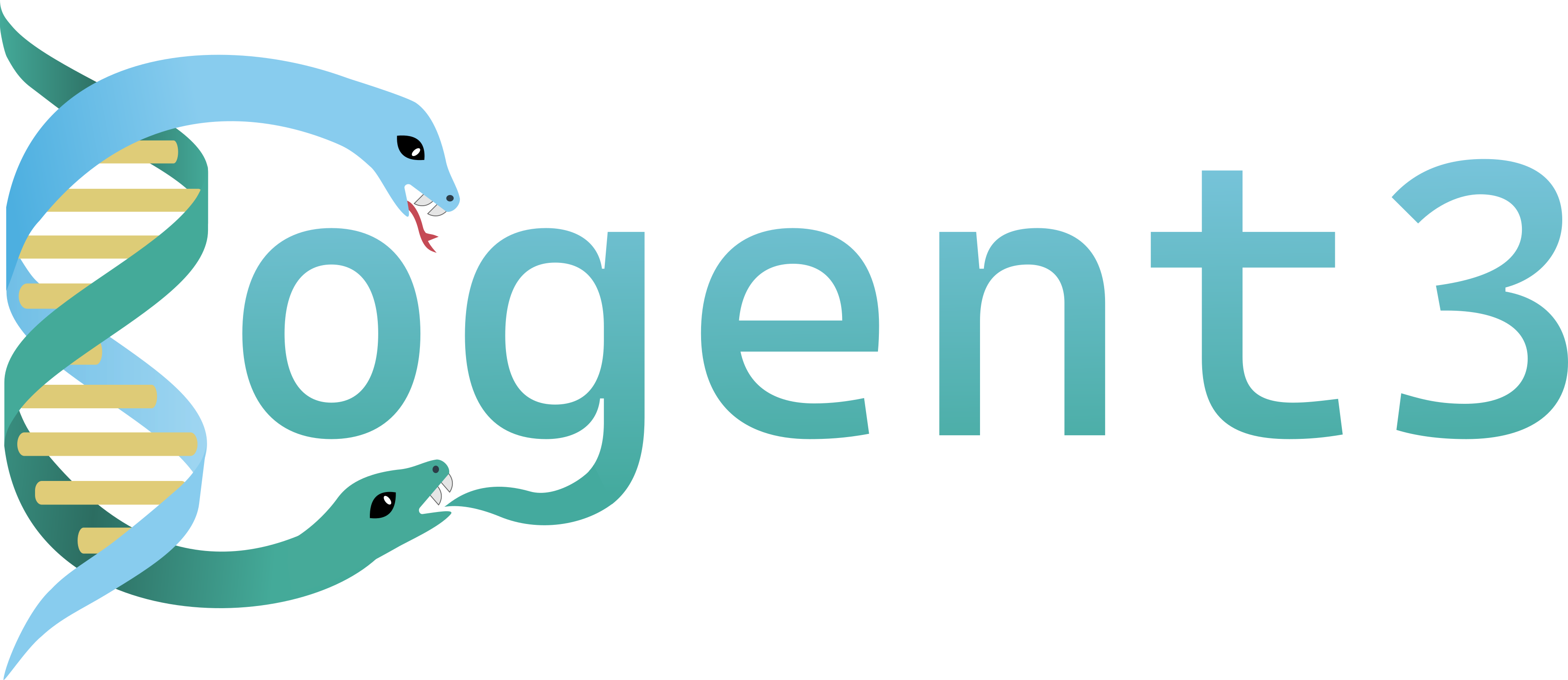Project History#
cogent3 is a descendant of PyCogent. While there is much in common with PyCogent, the amount of change has been substantial, motivating the new name.
Given this history, we are grateful to the multitude of individuals who have made contributions over the years. These individuals are explicitly acknowledged in all the files they contributed to and were co-authors on the original PyEvolve [1] and PyCogent [2] publications.
References
A Butterfield, V Vedagiri, E Lang, C Lawrence, M J Wakefield, A Isaev, and G A Huttley. PyEvolve: a toolkit for statistical modelling of molecular evolution. BMC Bioinformatics, 5:1, 2004. URL: https://www.ncbi.nlm.nih.gov/pubmed/14706121.
R Knight, P Maxwell, A Birmingham, J Carnes, J G Caporaso, B C Easton, M Eaton, M Hamady, H Lindsay, Z Liu, C Lozupone, D McDonald, M Robeson, R Sammut, S Smit, M J Wakefield, J Widmann, S Wikman, S Wilson, H Ying, and G A Huttley. PyCogent: a toolkit for making sense from sequence. Genome Biol, 8:R171, 2007. URL: https://www.ncbi.nlm.nih.gov/pubmed/17708774.
